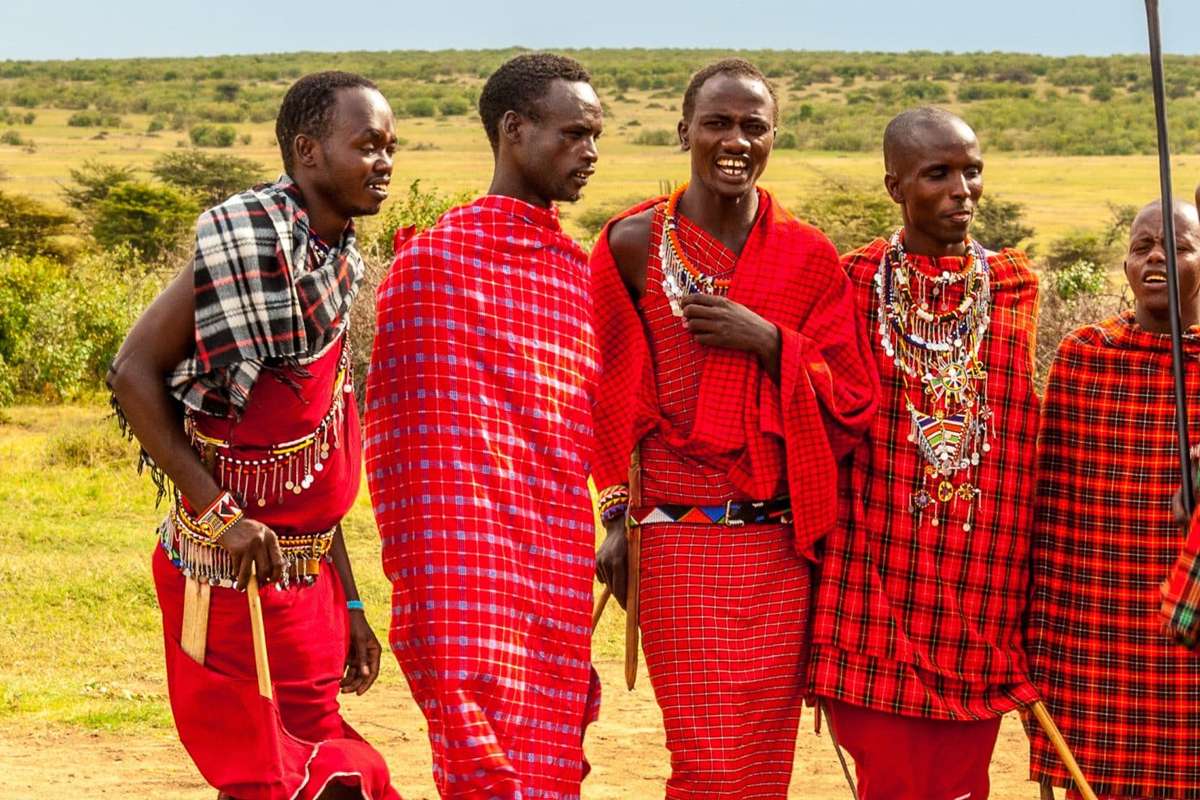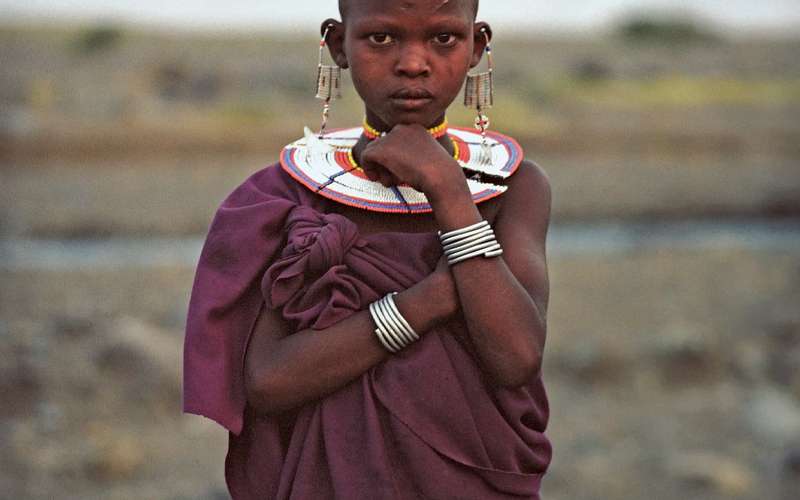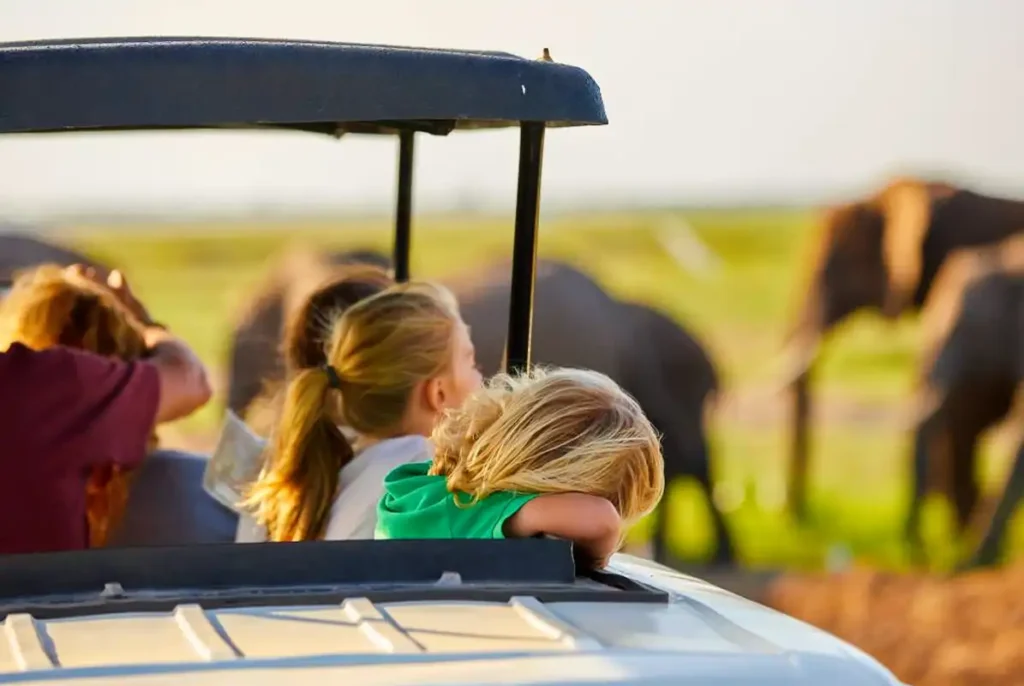The Maasai people, known for their rich cultural traditions and iconic red shukas, have long been one of Africa’s most recognizable indigenous groups. Spanning across southern Kenya and northern Tanzania, the Maasai are deeply connected to their ancestral lands and pastoral lifestyle. However, as globalization continues to reshape the world, their culture faces increasing pressure from modern influences, tourism, economic development, and environmental challenges.
In 2024, the Maasai are at a crossroads—struggling to balance preserving their ancient traditions with the ever-present pull of modernization. In this article, we’ll explore the key challenges they face and the efforts being made to ensure that Maasai culture thrives for generations to come.
Preserving Maasai Culture in the Face of Globalization
1. Globalization’s Impact on Maasai Culture: The Key Challenges
Globalization is bringing about rapid changes in every corner of the world, and the Maasai are no exception. From economic development to environmental pressures, the Maasai are facing a variety of challenges that threaten their traditional way of life.
- Land Rights and Loss of Grazing Land
Traditionally, the Maasai have been semi-nomadic pastoralists, relying on vast tracts of land for their cattle herd. However, the pressures of land privatization, urbanization, and government policies have led to a shrinking of their traditional grazing areas. In many regions, Maasai communities have been displaced, and their ancestral lands repurposed for agriculture, tourism, and wildlife conservation. The loss of these lands threatens their way of life, which is deeply rooted in the movement of their cattle and their connection to the land. - Modern Education vs. Traditional Knowledge
Globalization has brought with it a push for modern education, often at the expense of traditional Maasai knowledge. While education is crucial for economic advancement, many Maasai elders worry that younger generations are losing touch with their cultural identity as they are educated in Western-style schools. The language, traditions, and stories that have been passed down orally for centuries are now at risk of being forgotten. - Tourism and Cultural Commodification
Tourism, while a source of income for many Maasai, also presents challenges in preserving their culture. The Maasai have become a symbol of Africa’s wilderness, and many tourists expect to see a “traditional” Maasai experience. This has led to the commercialization of certain cultural practices, where performances and ceremonies are often staged for tourists. As a result, there’s concern that cultural commodification may dilute the authenticity of Maasai traditions over time.
2. The Role of Tourism: Economic Opportunity or Cultural Erosion?
Tourism can be both a blessing and a curse for indigenous communities like the Maasai. On one hand, it provides much-needed income and opportunities for the Maasai people. On the other hand, it often imposes external expectations on how they should present their culture, leading to potential cultural erosion.
- Cultural Tourism: In regions such as the Serengeti and Ngorongoro Crater, Maasai villages are frequently visited by tourists looking to experience Maasai culture firsthand. These visits can include traditional song and dance performances, village tours, and even ceremonial reenactments. While these experiences are often enjoyable for tourists and profitable for the Maasai, some argue that it encourages a superficial version of their traditions, tailored to meet external expectations.
- Sustainable Tourism Initiatives: In 2024, there will be more efforts to create sustainable tourism models that promote authentic Maasai experiences without exploitation. Community-based tourism initiatives, where Maasai people take the lead in guiding and educating tourists about their culture, are becoming more common. These programs emphasize the importance of preserving culture for future generations, while still benefiting economically from tourism.
3. Efforts to Preserve Maasai Culture in 2024
Despite the pressures of globalization, there are several ongoing efforts aimed at preserving Maasai traditions and ensuring that their culture thrives in the modern world.
- Reviving and Protecting Maasai Language: Language is a key component of any culture, and the Maasai language (Maa) is under threat as younger generations increasingly learn Swahili or English in school. However, several initiatives are working to ensure Maa survives. In 2024, there is a growing push for bilingual education that includes traditional Maa alongside national languages. Moreover, community-based programs are teaching young Maasai children their native language through storytelling, songs, and oral traditions.
- Cultural Preservation Programs: Many Maasai communities are now creating cultural centers and museums dedicated to showcasing Maasai history, art, and traditions. These centers serve not only as tourist attractions but also as educational resources for the Maasai people themselves, particularly the youth. Olpopongi Maasai Cultural Village in Tanzania, for instance, is one such center focused on preserving and sharing Maasai traditions in an authentic and respectful way.
- Cattle Herding and Sustainable Livelihoods: Cattle remain central to Maasai culture, but with shrinking grazing lands and increased environmental pressures, traditional pastoralism is becoming more difficult. Organizations are working with Maasai communities to develop more sustainable herding practices that incorporate modern agricultural techniques while maintaining the cultural significance of cattle. In 2024, there are also alternative livelihood programs, such as beekeeping and eco-tourism, which allow Maasai families to diversify their income without abandoning their cultural roots.
4. Climate Change and Its Impact on Maasai Communities
In addition to the challenges posed by globalization, climate change is another major threat to the Maasai way of life. The increasing frequency of droughts, shifts in rainfall patterns, and desertification are affecting the Maasai’s ability to sustain their herds and maintain their traditional lifestyle.
- Water Scarcity: Many Maasai communities in Tanzania and Kenya are experiencing more frequent and severe droughts, making water access increasingly difficult. The Maasai’s reliance on cattle is particularly vulnerable to these changes, as water scarcity leads to decreased grazing opportunities and loss of livestock.
- Adapting to New Realities: Some Maasai communities are finding ways to adapt to these climate challenges. Rainwater harvesting, drought-resistant crops, and sustainable grazing practices are becoming essential strategies for survival. In addition, there is growing collaboration between Maasai leaders and environmental NGOs to develop climate-resilient systems that can protect both the people and their herds.
5. Education and Empowerment of Maasai Women
One of the most significant shifts within Maasai culture in recent years is the growing empowerment of Maasai women. Traditionally, Maasai society has been patriarchal, with women having limited rights and roles. However, education and economic development are slowly changing this dynamic, giving Maasai women more opportunities to shape their future.
- Entrepreneurship and Artisan Projects: Many Maasai women are now involved in artisan cooperatives, creating traditional jewelry, beadwork, and crafts that are sold in local and international markets. These projects not only provide a source of income but also preserve the intricate beadwork skills that are central to Maasai culture.
- Education Initiatives: In 2024, organizations focused on girls’ education are gaining momentum in Maasai communities. Programs that encourage Maasai girls to stay in school are helping to empower a new generation of women who are both educated and deeply connected to their cultural roots.
6. Looking to the Future: Balancing Tradition and Modernity
As the Maasai look toward the future, the challenge remains how to balance tradition with the realities of an increasingly globalized world. While some Maasai have fully embraced modernity, others are determined to preserve their cultural identity at all costs. For many, the solution lies in finding a middle ground—adopting modern tools and practices that support Maasai livelihoods while staying true to their cultural heritage.
- Hybrid Lifestyles: Many younger Maasai are finding ways to bridge the gap between tradition and modernity. Some are choosing to pursue formal education and careers in cities, only to return to their communities to support local development. Others are combining traditional herding practices with new technologies, such as mobile banking and GPS, to help manage cattle more efficiently.
- Cultural Pride: Despite the changes, there remains a strong sense of cultural pride among the Maasai people. Ceremonies such as Eunoto (the Maasai warrior graduation ceremony) and Enkang oo-Akira (the meat-eating ceremony) continue to play a crucial role in maintaining cultural identity and connecting generations. As long as these traditions remain central to Maasai life, their culture will continue to endure.
FAQs
Q1: How are the Maasai adapting to modern education without losing their culture?
In 2024, there is a growing focus on bilingual education that teaches both traditional Maasai knowledge and modern academic subjects. This allows young Maasai to gain access to broader opportunities while staying connected to their roots.
Q2: How can tourists experience Maasai culture without contributing to its commodification?
Choosing ethical, community-based tourism initiatives where Maasai people lead the tours and dictate the terms of engagement ensures that you’re respectfully supporting the culture. Avoid tourism experiences that seem exploitative or overly commercialized.
Q3: What role do Maasai women play in preserving their culture today?
Maasai women are increasingly involved in cultural preservation through education and artisan projects. Many women are creating and selling traditional crafts, ensuring that skills like beadwork continue to be passed down through generations.
In 2024, the Maasai people are at a critical juncture, facing both the pressures of globalization and the threats of climate change. Yet, despite these challenges, their resilience, adaptability, and commitment to preserving their cultural identity remain strong. Through sustainable tourism, education initiatives, and cultural revival efforts, the Maasai are finding ways to balance the demands of modernity with the preservation of their rich traditions. As long as these efforts continue, the Maasai culture will not only survive but thrive in the years to come.
Explore Tanzania’s Incredible National Parks!
Visit our pages for detailed information on:
- Serengeti National Park
- Mount Kilimanjaro
- Ngorongoro Conservation Area
- Tarangire National Park
- Lake Manyara National Park
- Arusha National Park
Discover all the wonders of Tanzania’s landscapes and wildlife on our website!




